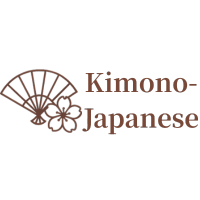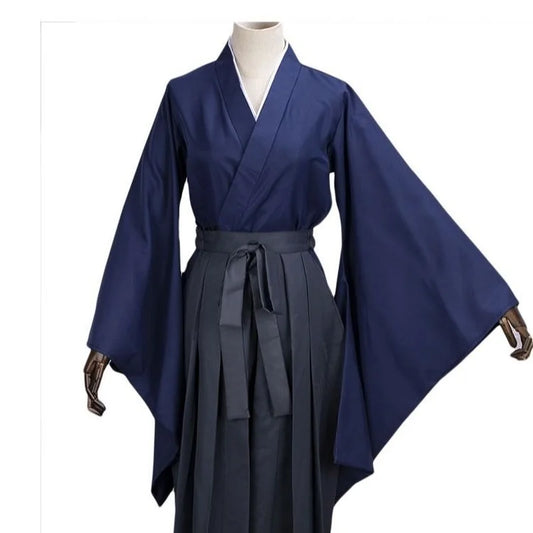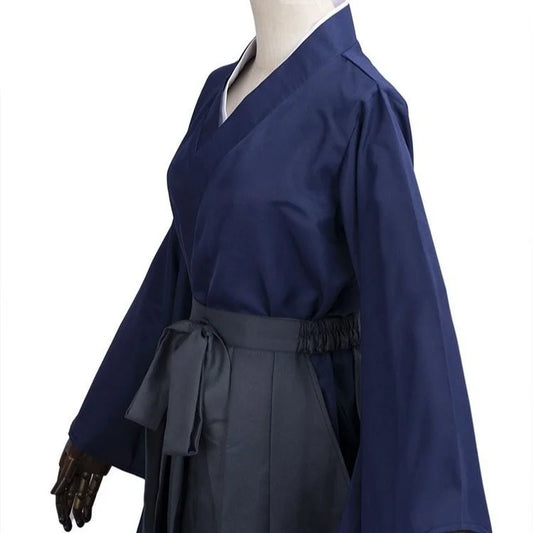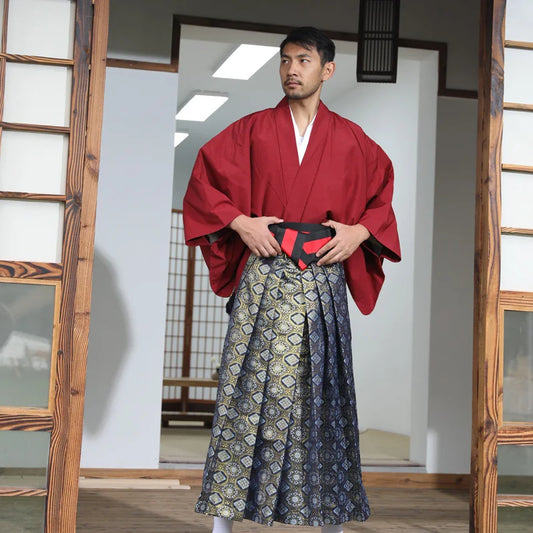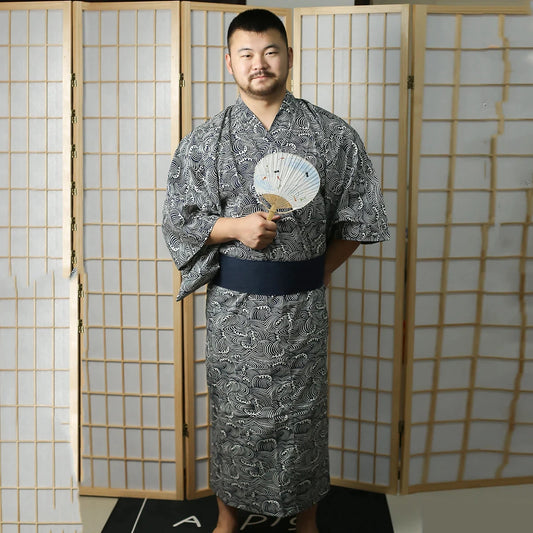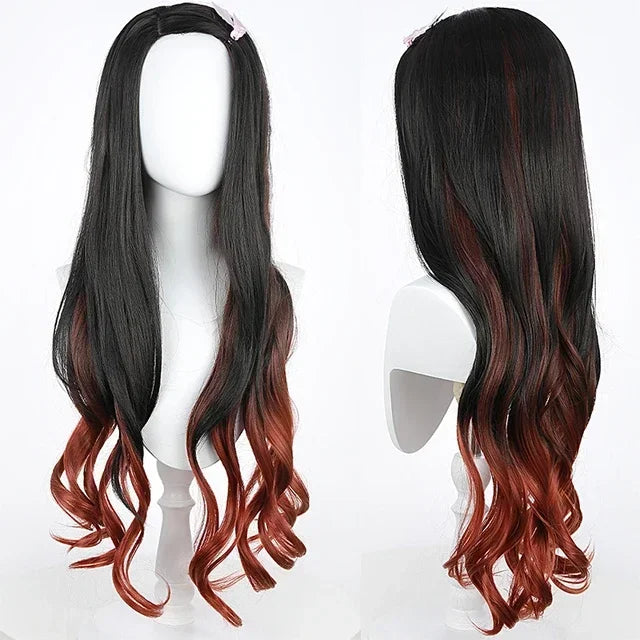Kimono History Culture – The Timeless Soul of Japanese Fashion
The kimono is far more than just a garment. It is a symbol of Japanese identity, an artistic tradition, and a piece of living history. Worn for over a thousand years, the kimono has adapted through time while remaining deeply rooted in Japan’s cultural essence. In this article, we explore the fascinating history of the kimono and its enduring role in both traditional Japanese culture and modern fashion.


1. The Origins of the Kimono
The word kimono (着物) literally means “thing to wear”. Its origins date back to the Heian period (794–1185), where aristocrats and court officials wore layered silk garments with rich colors and patterns. These early versions were known as kosode (small sleeves) and were the foundation of what we now call the kimono.
In this period, garments were layered to reflect the seasons, social class, and even emotional states. A lady of the court might wear twelve or more layers, with precise color symbolism for each. Clothing was an art form, and the kimono was its canvas.
2. The Kimono in the Edo Period (1603–1868)
During the Edo period, Japan saw political stability and the rise of a wealthy merchant class. Kimonos became more accessible and more expressive. The garment evolved into a visual language — patterns, motifs, and fabric choices all communicated something about the wearer’s background, status, or personal identity.


- Cranes: Symbol of longevity
- Cherry Blossoms: Fleeting beauty, life’s impermanence
- Pines & Waves: Strength and endurance
The kimono also became professionalised — artisans crafted dyes, embroidery, and intricate weaving techniques. These were prized possessions, passed down as heirlooms or worn in important ceremonies.
3. The Symbolism Behind Kimono Motifs
Kimonos aren’t just beautiful — they speak. Each motif, color, and seasonal detail has meaning. This symbolic richness connects the wearer to nature, spirituality, and history.

- Red: Vitality, youth, protection
- White: Purity, spirituality (also used in funerals)
- Blue: Calm, intellect
- Gold: Prestige, elegance
This connection to natural elements and seasonal rhythm makes the kimono more than fashion — it's a spiritual reflection of life in Japan.
4. Modern Kimono – From Tradition to Street Style
While fewer people wear traditional kimono daily in Japan today, they remain essential in weddings, tea ceremonies, funerals, and festivals. The art of kitsuke (kimono dressing) is still taught in specialised schools.
Outside of formal settings, younger generations and fashion designers have revived the kimono with a modern twist. Kimono jackets, kimono dresses, and casual yukatas have entered everyday wardrobes across the globe.

On runways and in streetwear, the kimono continues to inspire — blending tradition with modernity.
5. The Kimono Around the World
Global interest in Japanese culture has led to a surge in kimono appreciation. In the UK, more people are exploring the garment as a symbol of elegance, wellness, and slow fashion. Whether you wear it as a kimono dress, a light jacket, or for relaxation at home, you carry a story with you — a piece of cultural heritage.
And as more artists and designers collaborate across borders, the kimono evolves again — not as appropriation, but as a celebration of cultural exchange and respect.
6. Discover Our Curated Kimono Collection
At Kimono-Shop.co.uk, we honour the soul of this timeless garment. Whether you’re drawn to a traditional ceremonial kimono, a minimalist black kimono robe, or a vibrant floral yukata, our collection brings Japanese elegance to your wardrobe.
Browse our full range of mens and womens styles and connect with a story that spans centuries.

